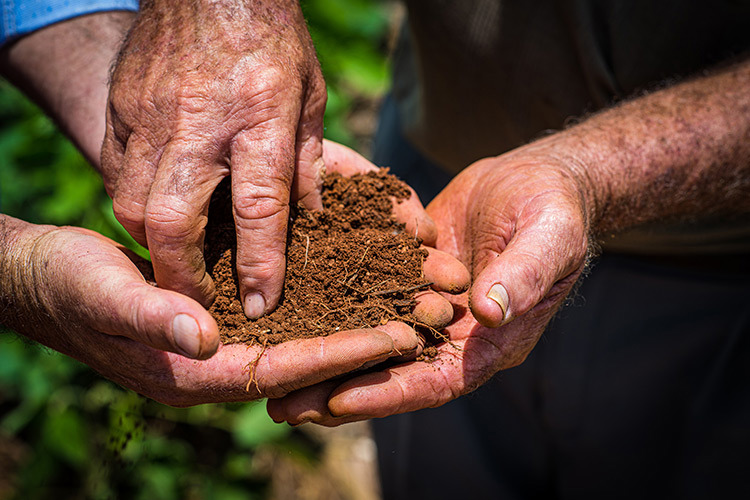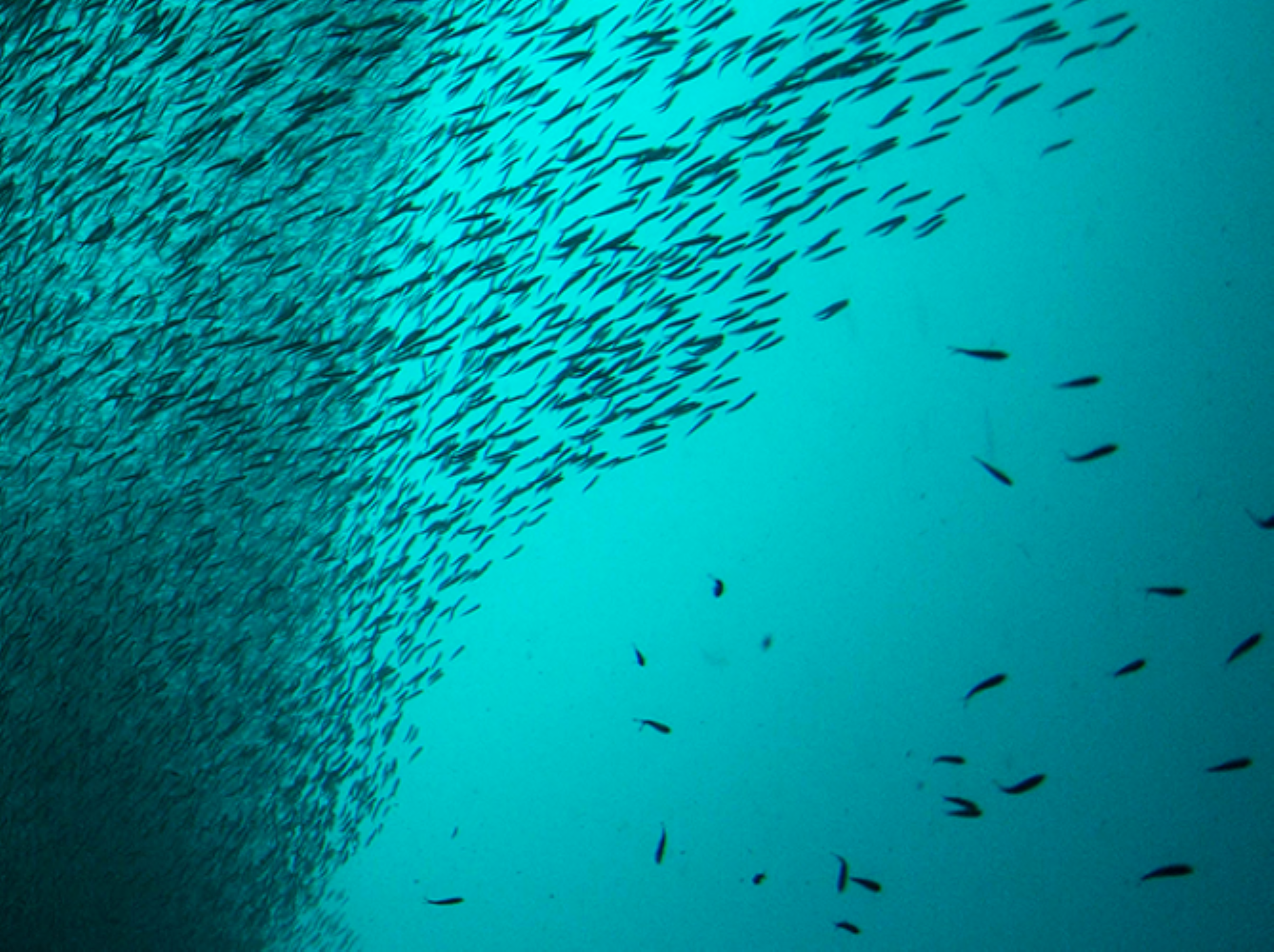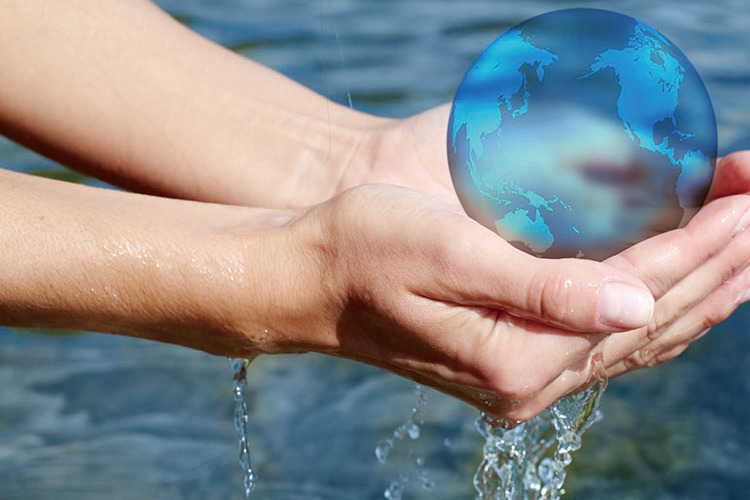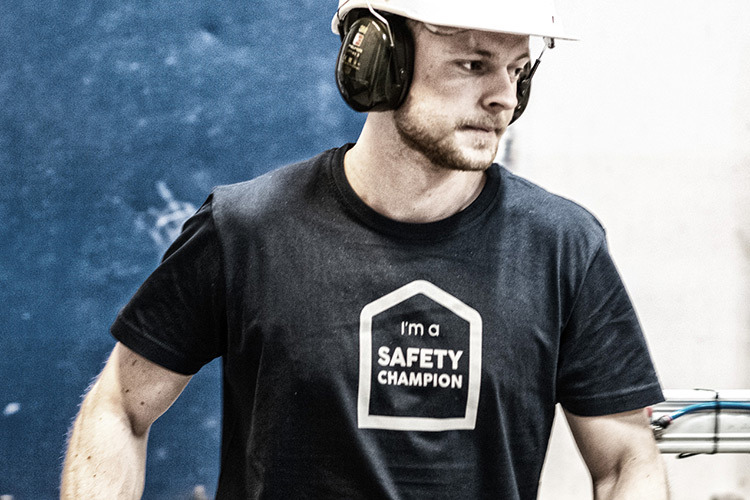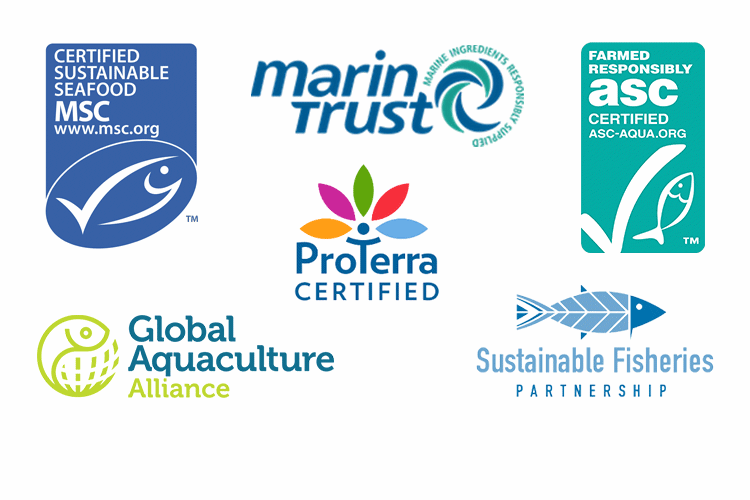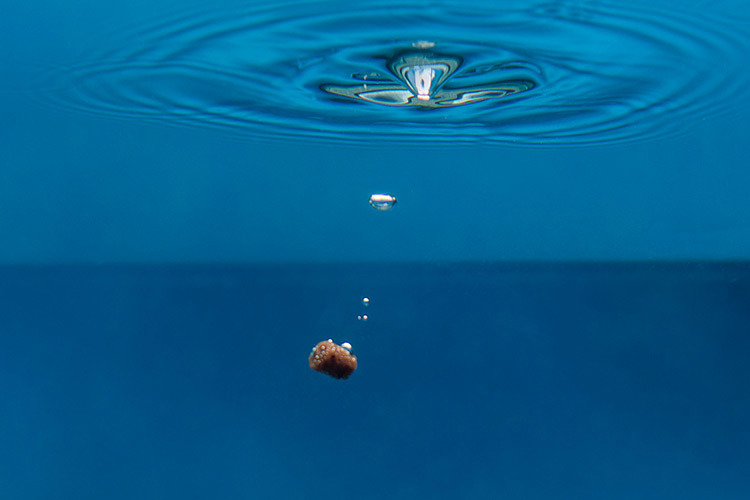
Use of vegetable raw materials 2021
Below in this text is the data for vegetable contents of fish feed.
In three years, the CO2 footprint of the pellet has been cut by 28 per cent
Over the past ten years, Skretting has reduced the energy consumption in its Norwegian fish feed production to the equivalent of an entire feed factory and entered into the transport collaboration Fjordfrende to reduce CO2 emissions from feed transport. Now our increasingly strict requirements for our raw material suppliers have also produced positive results.
In three years, increased use of documented sustainable feed raw materials has reduced the feed's actual footprint by 28 percent. A major contribution to this is a targeted cooperation in the feed industry to improve the sustainability of Brazilian soy.
We have worked purposefully with efficient resource and energy use for over ten years, and our factories are today the best in class, but it is still the raw materials we use that account for the majority of the footprint in the pellet.
Stricter supplier requirements
Skretting Norway annually buys 600,000 tonnes of feed raw materials distributed among approximately one hundred suppliers. We have intensified the sustainability analyzes and the requirements for both raw material and producer, whether it is bulk raw materials or micro raw materials.
The raw materials must be traceable all the way to the field where they were grown, or the boat that caught them. Suppliers must be able to document the entire value chain, guarantee full transparency and consent to inspections. We carry out risk analyzes of all suppliers and the requirements we set increase with the risk. For example, we may require checks on each and every batch instead of random checks. If the risk is too high, we don't buy. The samples of all raw materials and feed are kept in order to be able to check them later as well.
Biggest effect on soy from Brazil
The majority of the footprint reduction of 28 percent from fish feed comes from the large volumes of soy products from Brazil. Last year we saw the final breakthrough for a multi-year collective effort from the Norwegian feed industry.
Finally, we could document in a safe and transparent way that not only the soy we use in the feed, but that all the soy produced by our suppliers is 100 percent deforestation- and conversion-free. This means that large Brazilian suppliers no longer buy from soy farms and plantations that could legally cut down their forest. If they still want us as customers, they cannot buy a single soybean grown in Brazilian areas where forests have been cut down after the 2020 cut-off date.
Increases the flexibility of raw materials
We believe it is ethically correct to continue purchasing Brazilian soy from suppliers who have cleaned up and ensured sustainable production throughout the value chain. At the same time Skretting is constantly working with new feed ingredients, and in recent years we increased our purchases of, among other things, European soy, guar meal from India and fish meal.
At the same time as working towards ensuring sustainability with today's suppliers, we are working to increase flexibility in relation to individual raw materials. Increased global uncertainty related to raw materials confirms that this strategy is correct.
Average vegetable raw material composition of 1 kg of fish feed in 2021
| 2021 | 2020 | 2019 | 2018 | |
| Soy protein concentrate | 13,5 % | 20,1 % | 26,5 % | 26,5 % |
| Faba beans | 4,8 % | 4,1 % | 3,9 % | 5,2 % |
| Wheat gluten | 10,2 % | 10,0 % | 11,1 % | 11,5 % |
| Sunflower meal | 6,0 % | 4,9 % | 1,3 % | 0,9 % |
| Pea protein | 0,7 % | 0,9 % | - | - |
| Guar meal | 7,9 % | 4,8 % | 2,4 % | - |
| Rapeseed oil | 18,8 % | 18,9 % | 19,7 % | 19,2 % |
| Camelina oil | 0,8 % | 1,1 % | 1,0 % | 1,0 % |
| Linseed oil | 0,6 % | 0,6 % | - | - |
| Wheat | 7,9 % | 8,2 % | 8,1 % | 8,2 % |
| SUM VEGETABLES | 71,2 % | 73,6 % | 74,0 % | 72,5 % |
| Marine raw materials | 24,3 % | 22,5 % | 21,1 % | 24,1 % |
| Novel raw materials | 0,3 %* | 0,2 %* | 0,1 %* | * |
| Micro ingredients | 4,2 % | 3,8 % | 4,6 % | 3,3 % |
| TOTAL | 100 % | 100 % | 100 % | 100 % |
* Novel raw materials like insect meal, krill meal, calanus and micro algal oils were used in small, but commercial quantities
